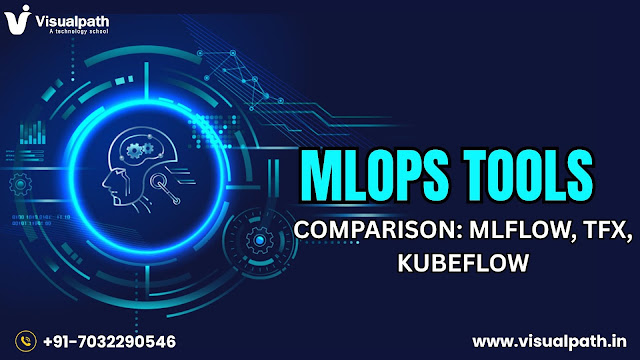Top 7 MLOps Tools You Should Try In 2025

Top 7 MLOps Tools You Should Try In 2025 7 MLOps tools are leading the way in helping machine learning (ML) professionals manage the complexities of building, deploying, and maintaining models at scale. As machine learning moves from research labs to real-world production, MLOps — the practice of applying DevOps principles to ML workflows — has become a necessity. From experiment tracking to continuous integration and scalable deployment, the right tools can make the process faster, more efficient, and more reliable. Enrolling in a structured MLOps Training program can help professionals explore these tools through hands-on experience and real-world use cases. Top 7 MLOps Tools You Should Try In 2025 1. MLflow Best for: Experiment tracking and model management Machine learning lifecycle is supported by the open-source, lightweight MLflow platform. It enables users to manage models, package code, deploy them in various environments, and keep tra...



